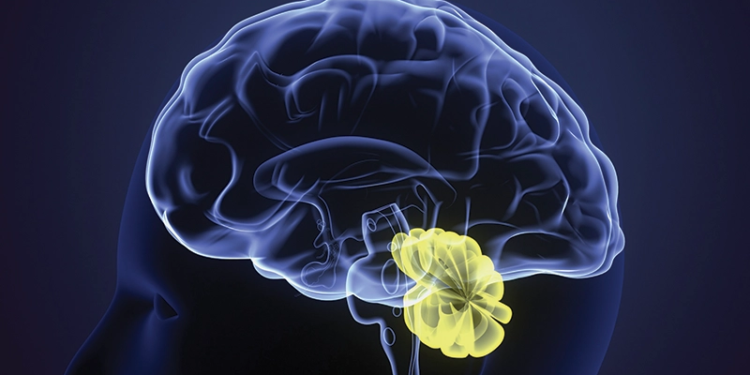The human brain can adapt to changing demands even in adulthood, but neuroscientists at the Massachusetts Institute of Technology (MIT), Cambridge, now have evidence of it changing with unsuspected speed. Their findings suggest that the brain has a network of silent connections that underlie its plasticity, which helps to explain referred sensations in arm amputees-when a person with an amputated arm “feels” sensations in the missing limb when he or she is touched on the face. Scientists currently believe this happens because the part of the brain that normally receives input from the arm begins “referring” to signals coming from a nearby brain region that receives information from the face.
“We found these referred sensations in the visual cortex, too,” said senior author Nancy Kanwisher, PhD, of the McGovern Institute for Brain Research at MIT, referring to the findings of a paper being published in the July 15 issue of the Journal of Neuroscience. “When we temporarily deprived part of the visual cortex from receiving input, subjects reported seeing squares distorted as rectangles. We were surprised to find these referred visual sensations happening as fast as we could measure, within two seconds.”
Many scientists think that this kind of reorganized response to sensory information reflects a rewiring in the brain, or a growth of new connections.
“But these distortions happened too quickly to result from structural changes in the cortex,” Kanwisher explained. “So we think the connections were already there but were silent, and that the brain is constantly recalibrating the connections through short-term plasticity mechanisms.”
First author Daniel Dilks, PhD, a postdoctoral researcher in Kanwisher’s lab, first found the square-to-rectangle distortion in a patient who suffered a stroke that deprived a portion of his visual cortex from receiving input. The stroke created a blind region in his field of vision. When a square object was placed outside this blind region, the patient perceived it as a rectangle stretching into the blind area-a result of the deprived neurons now responding to a neighboring part of the visual field.
“But the patient’s cortex had been deprived of visual information for a long time, so we did not know how quickly the adult visual cortex could change following deprivation,” Dilks said. “To find out, we took advantage of the natural blind spot in each eye, using a simple perceptual test in healthy volunteers with normal vision.”
Blind spots occur because the retina has no photoreceptors where the optic nerve exits the eye, so the visual cortex receives no stimulation from that point. We do not perceive our blind spots because the left eye sees what is in the right eye’s blind area, and vice versa. Even when one eye is closed, we are not normally aware of a gap in our visual field.
It takes a perceptual test to reveal the blind spot, which involves covering one eye and moving an object toward the blind spot until it “disappears” from view. (Click here to find your own blind spot.)
Dilks and colleagues used this test to see how soon after the cortex is deprived of information that volunteers begin to perceive shape distortions. They presented different-sized rectangles just outside the subjects’ blind spot and asked subjects to judge the height and width at different time points after one eye was patched.
The volunteers perceived the rectangles elongating just two seconds after their eye was covered-much quicker than expected. When the eye patch was removed, the distortions vanished just as fast as they had appeared.
“So the visual cortex changes its response almost immediately to sensory deprivation and to new input,” Kanwisher explained. “Our study shows the stunning ability of the brain to adapt to moment-to-moment changes in experience even in adulthood.”
Editor’s note: This is an edited version of an article written by Cathryn Delude, McGovern Institute for Brain Research, MIT News Office.




